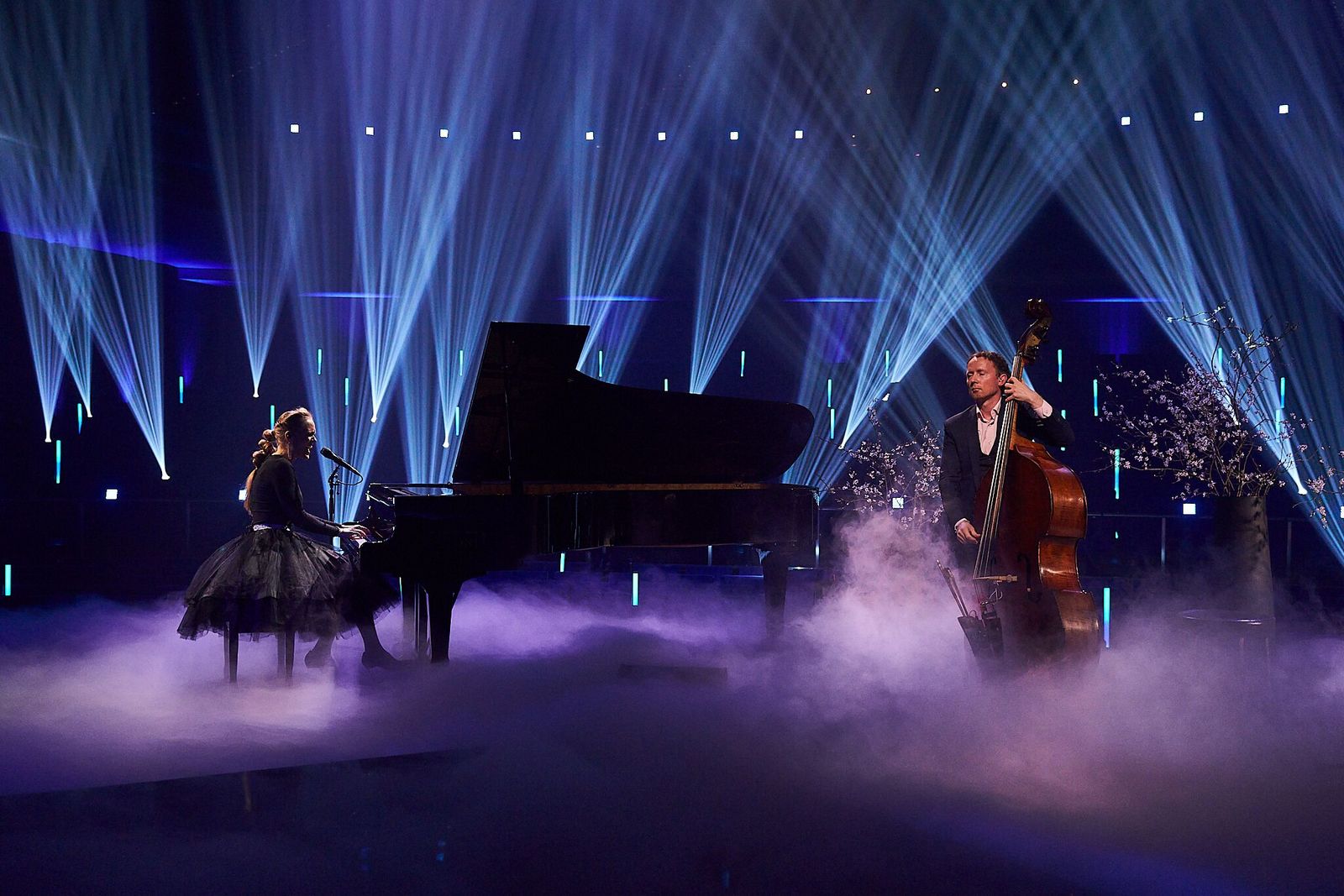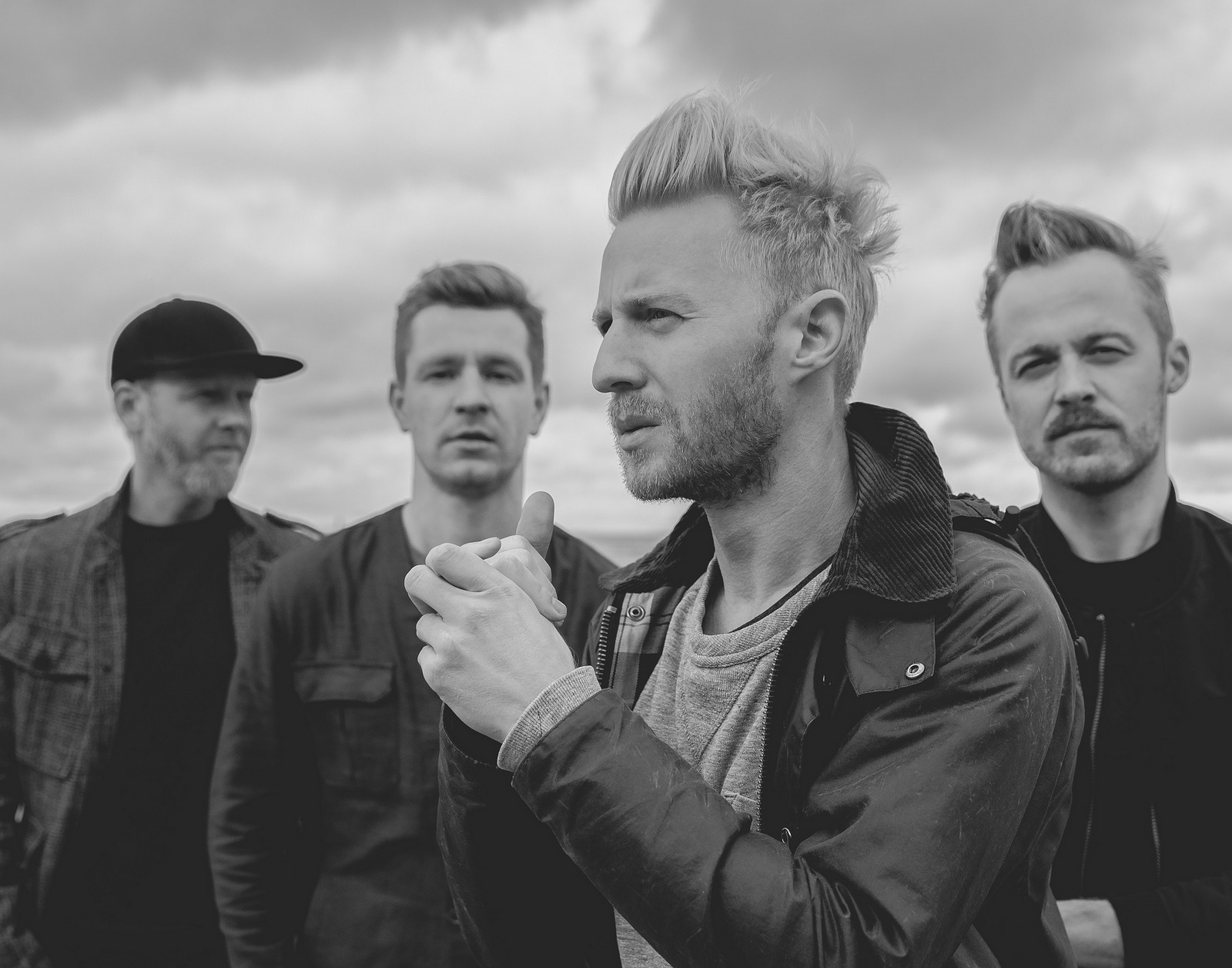Music during Soviet times
The Soviet reign (1944-1991) brought along a new approach to the Russian educational landscape, and the Iron Curtain blocked Western influence in all areas of culture, including music. Many cultural people managed to flee to the West. In the late 1940s the authorities ruled that composers could only write ideologically correct music suited to the prevailing socialist realism. In practice, this was often (pseudo) national-romantic, programme music, as anything else was banned.
In 1940, all national institutions were disbanded and the Estonian music scene was adapted to Soviet practice. The Tartu Higher School for Music was downgraded to a lower-level school, and Heino Eller (1887-1970) was invited to work as a professor of composition at the Tallinn Conservatoire. To this day, two schools are differentiated in Estonian music: those of Heino Eller (the Tartu school) and of Artur Kapp (1878-1952) (the Tallinn school). Eller's, more modernistic school was focused on instrumental music (composers like Eduard Tubin (1905-82), Arvo Pärt (1935), Lepo Sumera (1950-2000), while Artur Kapp’s was oriented towards a more traditional style and focused mainly on vocal music (Eugen Kapp (1908-1996), Riho Päts (1899-1977), Gustav Ernesaks (1908-1993)).
A new advent of Estonian music began around 1960: a young conductor, Neeme Järvi (1937), brought a new quality to the Estonian Opera and the National Symphony Orchestra. The Tallinn Chamber Choir set new standards in choral music. A new generation of liberal-minded composers—Veljo Tormis (1930-2017), Eino Tamberg (1930-2010), Jaan Rääts (1932-2020), Arvo Pärt and others—emerged. The styles of Tormis and Pärt changed significantly in the late 1960s: Tormis delved into Finno-Ugric folklore and became one of the most original choral composers in the world, while Pärt created his tintinnabuli style, emigrated in 1980, and became the global symbol of Estonian music.





